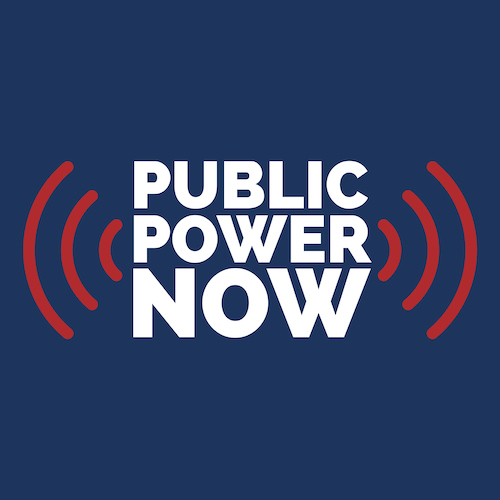The speed at which large load facilities are being built adds stress to the bulk power system not only in terms of increased load but also operationally, the North American Electric Reliability Corporation recently said.
In 2024, approximately 1,500 MW of data centers disconnected simultaneously and unexpectedly from the Bulk Electric System due to a transmission line fault, NERC said in its NERC’s 2025 State of Reliability report.
“This is comparable to a large nuclear power plant coming on-line immediately and unexpectedly. While rapid changes in loads are part of normal operations for these facilities, this creates a significant issue for balancing, frequency, and voltage stability, as they are not accurately portrayed in current models,” NERC said.
NERC’s Large Loads Task Force is working to better understand the reliability impacts of emerging large loads on the BPS, and a Load Modeling Working Group is focused on driving interconnection-wide advancement and the use of dynamic load modeling, it said.
The report also identified the operating profile of inverter-based resources as an additional reliability challenge.
In 2024, more than 45 GW of new IBR capacity was added to the bulk power system. “However, the response by IBRs to system disturbances continues to impact some solar facilities, with ride-through issues being observed at large battery storage and wind plants,” NERC said.
NERC’s Engineering and Security Integration and Situation Awareness teams have analyzed 10 large-scale disturbances since 2016.
In total, the 10 disturbances resulted in nearly 15 GW in unexpected reductions in output. Moreover, this trend is increasing with approximately 10 GW of these reductions taking place between 2020 and 2024. The analysis also identified that poor modeling and study practices did not accurately reflect the poor performance.
“As a result, industry remains focused on improving the ride-through capability of IBRs and more accurate modeling of the behavior of IBRs during grid disturbances.”
In May 2025, NERC issued a Level 3 Alert on Essential Actions to Industry for Inverter-Based Resource Performance and Modelling.
However, key findings also included improved performance in the Texas Interconnection and preliminary evidence of improved performance in areas of the Western Interconnection due to the use of battery energy storage systems.
In Texas, BESS installations increased to more than 10 GW in December, and an additional 19 GW is planned by the end of 2025.
While all industrial battery installations can provide frequency support, in Texas RE, the provision of frequency support (when available) is mandated through a Reliability Standard.
This requirement combined with the increasing amount of installed capacity, quick response times, and BESS often being in a state of partial charge has positioned these installations as a key part of the Texas Interconnection’s frequency response, NERC said.
In 2024, ERCOT experienced several instances where batteries provided up to 100% of the total capacity for frequency regulation services.
“These events provide supporting evidence that at current penetration levels, with proper requirements and incentives, BESS can improve primary frequency response, an essential reliability service. While challenges and concerns remain with the rapidly increasing penetration of these resources, their flexible capabilities are currently beneficial to reliability, bolstering their viability as a form of BPS energy storage,” said Jack Norris, manager, Performance Analysis.
The report reviews BPS performance in 2024, identifies trends and emerging reliability risks, reports on the relative health of the interconnected system, and measures the success of mitigation activities deployed.
The report found that the North American bulk power system remained reliable and resilient in 2024.
The report “shows that today’s transmission system is demonstrably more reliable and resilient with the severity and duration of outages declining, and system restoration times becoming shorter. By objective measures, conventional risk to the system has been reduced considerably, and trends continue in a positive direction.”
However, newer and emerging risks “are challenging grid reliability in new ways, which will require agility to better assess these risks, and develop and implement mitigations, all while the system undergoes rapid transformation,” NERC said.
Once again, extreme weather was the primary cause of the most severe outages on the BPS.
In 2024, 27 weather-related events occurred in the United States and three in Canada with losses exceeding $1 billion within the BPS footprint. Despite the increasing frequency and severity of weather events -- two significant winter storms and five major hurricanes made landfall in 2024 -- none resulted in operator-initiated load shed, unlike previous events of a similar scale.
“The fact that no operator-initiated load shed was required, that there were significantly fewer generator outages, and that natural gas production losses declined can largely be attributed to industry efforts to combat the challenges posed by weather,” said John Moura, director, Reliability Assessment and Performance Analysis.

